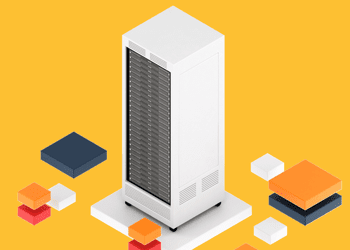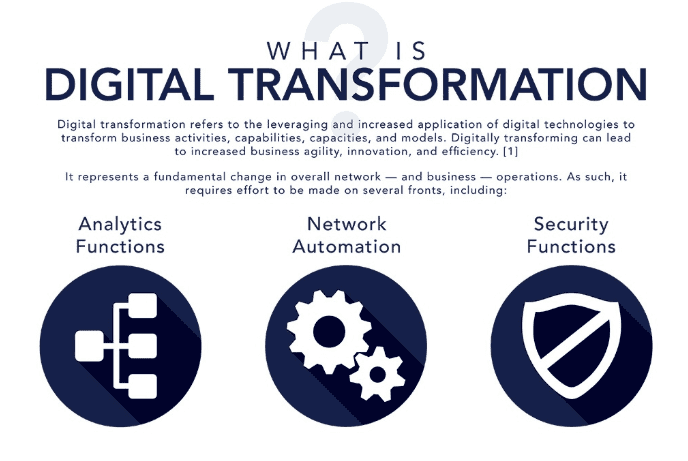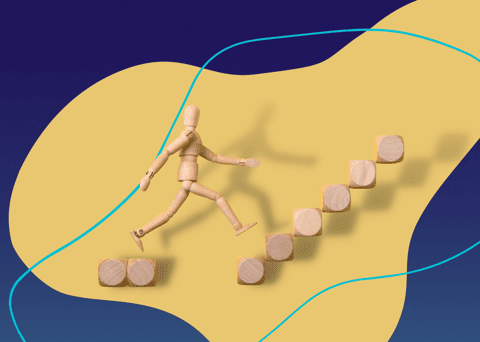Many users of business Internet may hear the term “Layer 2” without understanding its importance. What is Layer 2 and why should you care, as long as you have a reliable Internet connection? Let’s explore this a bit more and seek to understand how important Layer 2 is to your ongoing business Internet solution.
The OSI Model and Layer 2
Layer 2 refers to one of seven layers in the Open Systems Interconnection (OSI) model. The OSI model is the commonly used standard for different computer systems to communicate with each other. This “universal language for computer networking” looks like this:
- Level 7: Application Layer — Human-computer interaction layer, where applications can access the network services
- Level 6: Presentation Layer — Ensures that data is in a usable format and is where data encryption occurs
- Level 5: Session Layer — Maintains connections and is responsible for controlling ports and sessions
- Level 4: Transport Layer — Transmits data using transmission protocols including TCP and UDP
- Level 3: Network Layer — Decides which physical path the data will take
- Level 2: Data Link Layer — Defines the format of data on the network
- Level 1: Physical Layer — Transmits raw bit stream over the physical medium
Layer 2 of The OSI Model — The Data Link Layer — “provides the functional and procedural means to transfer data between network entities and to detect and possibly correct errors that may occur in the physical layer.”
Why Will Layer 2 Continue to be Critical?
Networks need physical mediums to move “packets” of data. The data layer (Layer 2) breaks down data into consumable information to be transmitted across a wide range of media/nodes. These are copper wire, fiber optic, microwaves, and WiFi. It links ethernet interface, and serial interface with satellite links, microwave links, and WiFi links.
Layer 2 also provides network engineers with a detailed look into network activity and device performance. It is a window into how devices on the network are configured and performing.
MHO Fixed Wireless Internet solutions use physical equipment that transmits data via radio microwaves from node to node until it reaches your physical location. We monitor and measure our network at Level 2 to ensure your business enjoys reliable, high-speed, and secure connectivity.
Because MHO uses dedicated wireless technology to connect your physical infrastructures, you can get your entire network set up in 10 business days
For more information about this and other technical aspects of Fixed Wireless Internet, or to discover its availability in your area, contact MHO online today.
MHO Fixed Wireless Internet solutions use physical equipment that transmits data via radio microwaves from node to node until it reaches your physical location. We rely on Level 2 performance to make sure your business enjoys reliable, high-speed, and secure connectivity and networking. Because MHO uses dedicated wireless technology to connect your physical infrastructure, you can get your entire network set up in 10 business days.
{{cta(‘1b7ff105-cbb6-486e-888d-bb72f7746c39′,’justifycenter’)}}





![[Infographic] Fixed Wireless: What You Need To Know](https://blog.mho.com/wp-content/uploads/2017/06/Screenshot-2025-06-24-141710.png)
